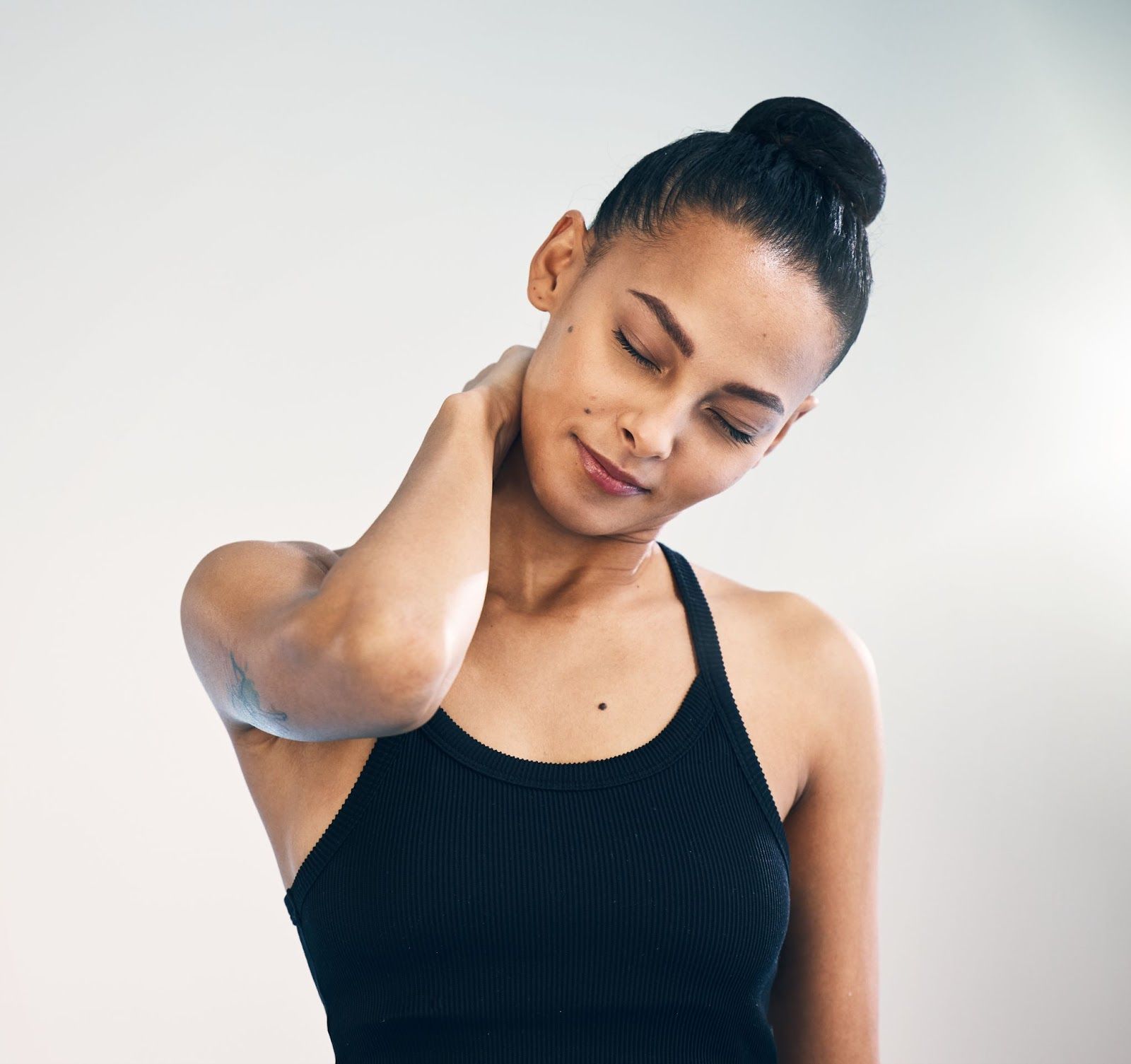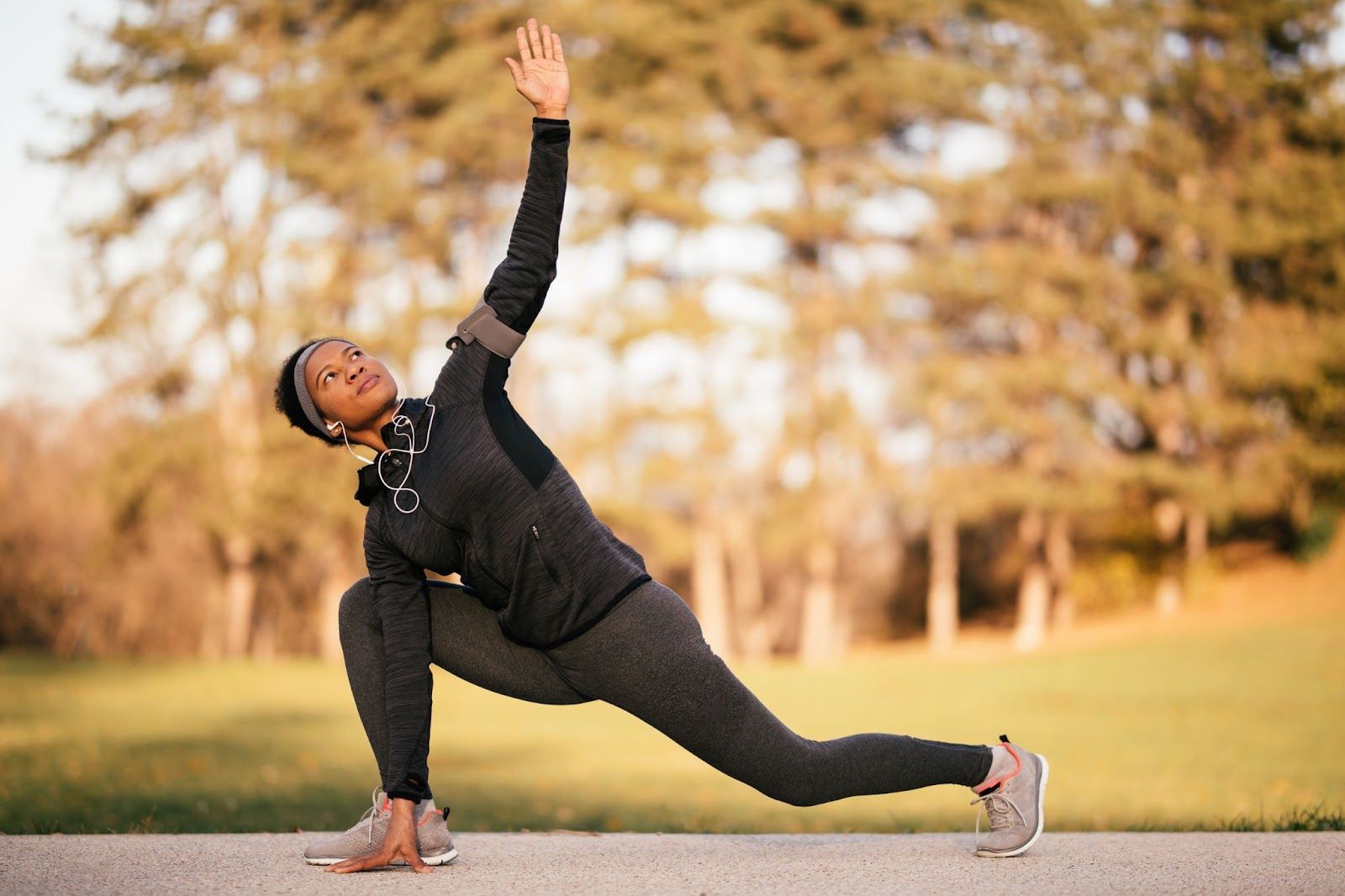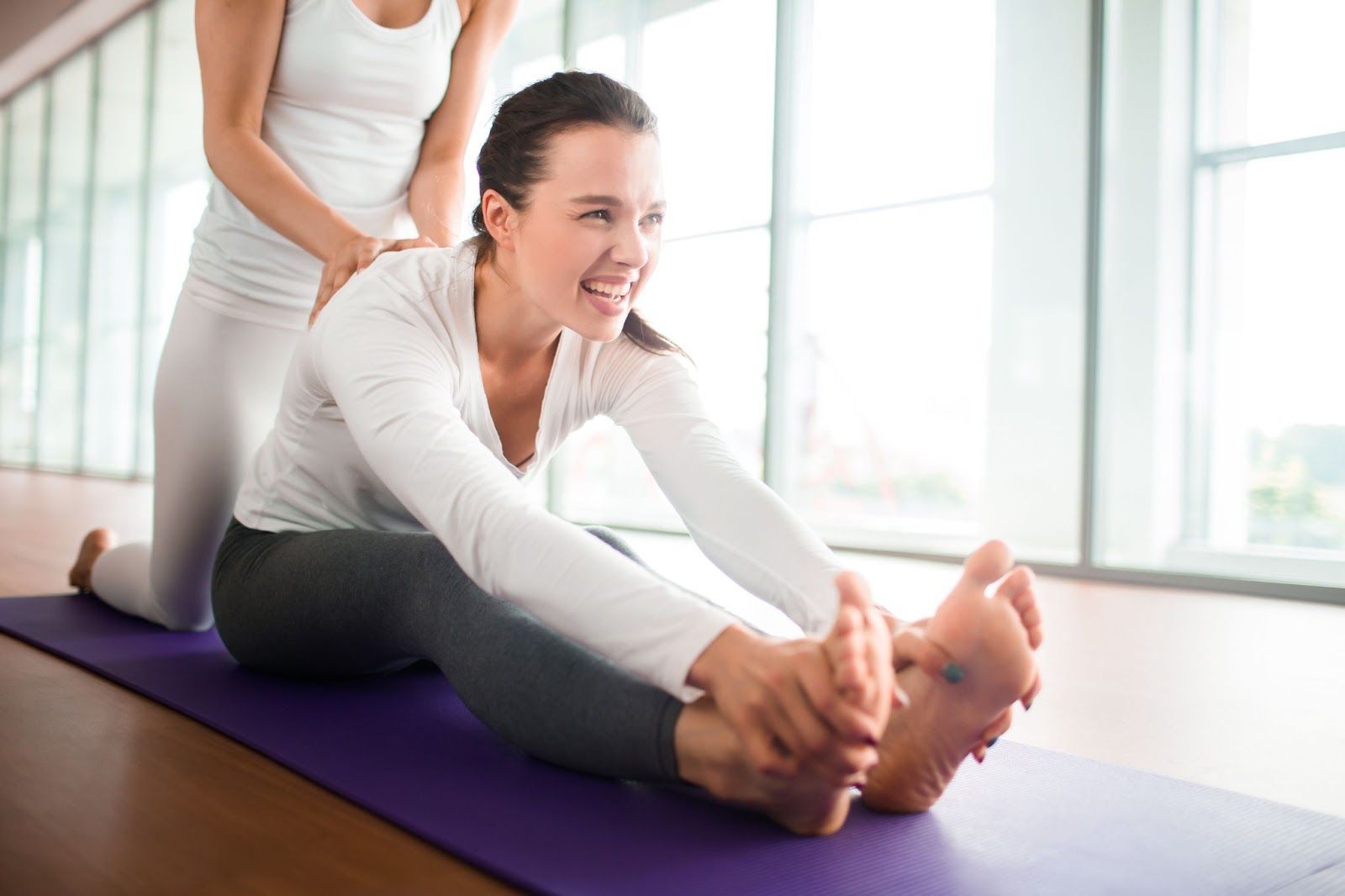What You Really Need to Know for Better Flexibility
Flexibility goes beyond the ability to touch your toes or execute complex yoga poses; it is integral to holistic physical health and well-being. To achieve optimal flexibility, it's essential to grasp the factors influencing it and adopt effective strategies for enhancement.
Explore the nuances of flexibility, offering insights and techniques to help you improve your flexibility and unlock its benefits. Flexibility isn't just about contorting your body into impressive shapes; it's about optimizing the range of motion in your joints and muscles. This movement enhances physical performance, reduces the risk of injury, and promotes overall functionality in daily activities.
Benefits of Improved Flexibility
Understanding the factors influencing flexibility is the first step toward improvement. Genetics, age, activity level, and lifestyle habits all play a role in determining an individual's flexibility. While some people may naturally possess greater flexibility, everyone can enhance their flexibility through targeted effort and consistent practice.
Enjoy the suggested exciting practical strategies for improving flexibility, which includes stretching exercises, yoga and Pilates practices, foam rolling techniques, proper warm-up and cool-down routines, and the role of hydration and nutrition in supporting flexibility. By incorporating these strategies into your routine, you can gradually enhance your flexibility, experience greater physical freedom, and enjoy flexibility's numerous benefits.
Effective Strategies
You can incorporate several effective strategies into your routine to enhance flexibility.
Stretching Exercises: Regular stretching exercises target specific muscle groups and promote flexibility. Include a combination of static, dynamic, and proprioceptive neuromuscular facilitation (PNF) stretches in your routine for comprehensive benefits.
Yoga and Pilates: Practicing yoga and Pilates can significantly improve flexibility by incorporating stretching, strengthening, and mindfulness techniques. These disciplines focus on controlled movements and deep breathing to increase flexibility and promote well-being.
Foam Rolling: Foam rolling, also known as self-myofascial release, involves using a foam roller to apply pressure to tight or sore muscles. This technique helps release tension, improve blood flow, and enhance flexibility.
Proper Warm-Up and Cool-Down: Always warm up your muscles before stretching to increase blood flow and prepare them for movement.
Hydration and Nutrition: Staying hydrated and maintaining a balanced diet rich in nutrients essential for muscle health, such as protein and antioxidants, supports flexibility and overall physical function.
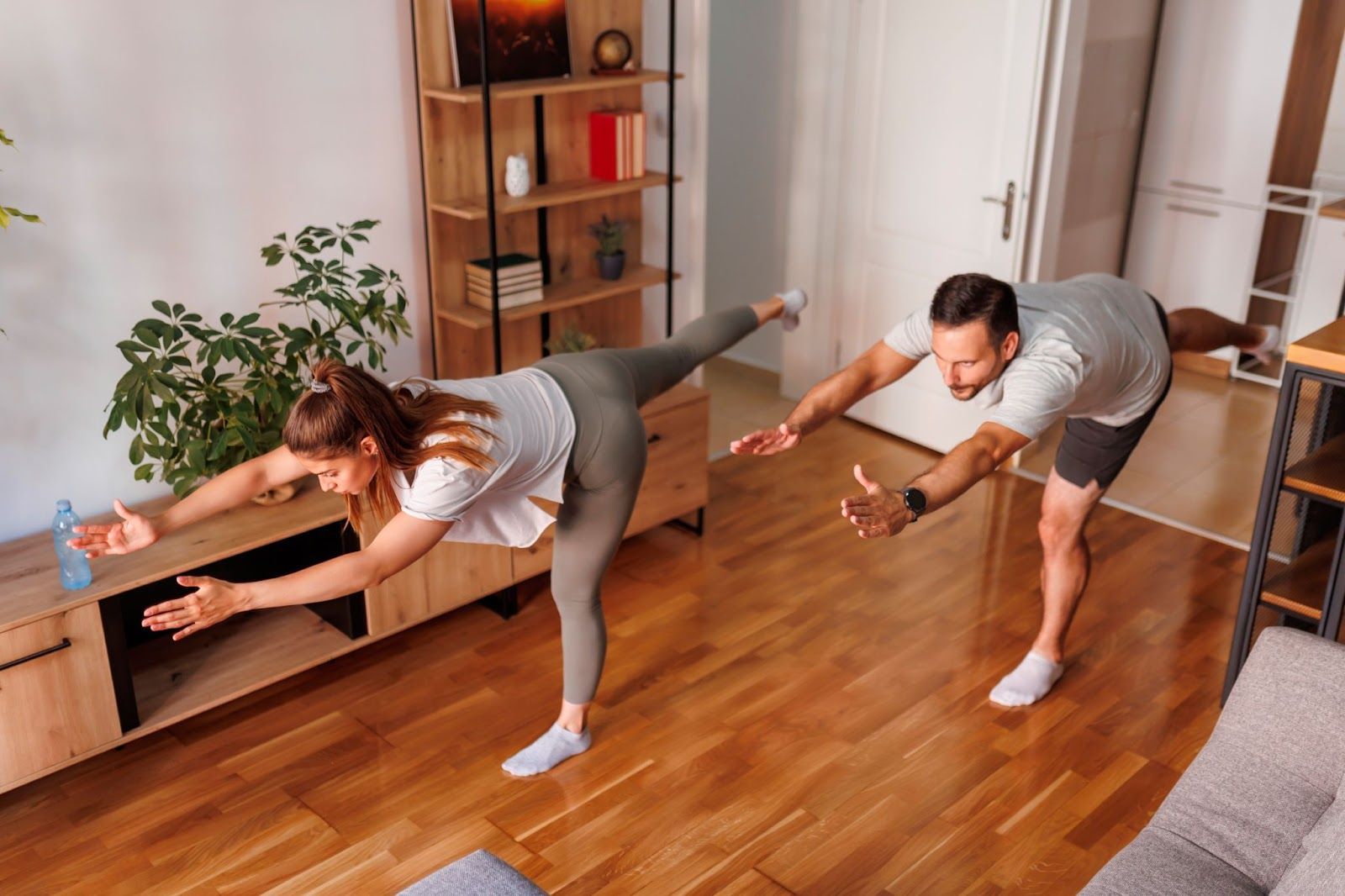
Embarking on the Flexibility Journey
Improving flexibility requires dedication and consistency, benefiting physical performance and reducing injury risks. Begin by setting clear goals and identifying areas for improvement, targeting tight muscles and increasing joint range of motion. Incorporate various stretching techniques into your routine, such as static, dynamic, and PNF stretches, and explore complementary activities like yoga or Pilates for balance and strength.
As you progress, listen to your body, respect your limits, and focus on gradual improvement while celebrating achievements along the way. Stay consistent with your flexibility training to maintain gains and cultivate body awareness and well-being. With dedication and perseverance, your flexibility journey will enhance physical performance and overall mindfulness.
Implementing Effective Strategies
Enhancing flexibility involves integrating dynamic stretching, static stretching, yoga, Pilates, and foam rolling exercises into your daily regimen. Dynamic stretching, like arm circles and leg swings, boosts blood flow and readies muscles for activity. Static stretches, held for 15-30 seconds, improve flexibility and are ideal post-activity or during cooldowns.
Yoga and Pilates emphasize controlled movements and mindfulness, enhancing muscle length and joint mobility while fostering strength and mental relaxation. Foam rolling, or self-myofascial release, targets muscle knots, improves circulation, and eases tension, promoting flexibility and mobility. Consistently incorporating these methods into your routine, progressing gradually, and listening to your body ensures lasting flexibility and overall well-being benefits.
Consistency & Dedication in Flexibility
Improving flexibility demands dedication, patience, and consistency, vital for enhancing physical performance and reducing injury risks. Start by setting clear goals and targeting areas for improvement, incorporating stretching techniques like static, dynamic, and PNF stretches. Explore practices like yoga, Pilates, or tai chi for flexibility, strength, and relaxation. Listen to your body, progress gradually, and celebrate achievements while staying consistent with flexibility training for long-term results and enhanced well-being.
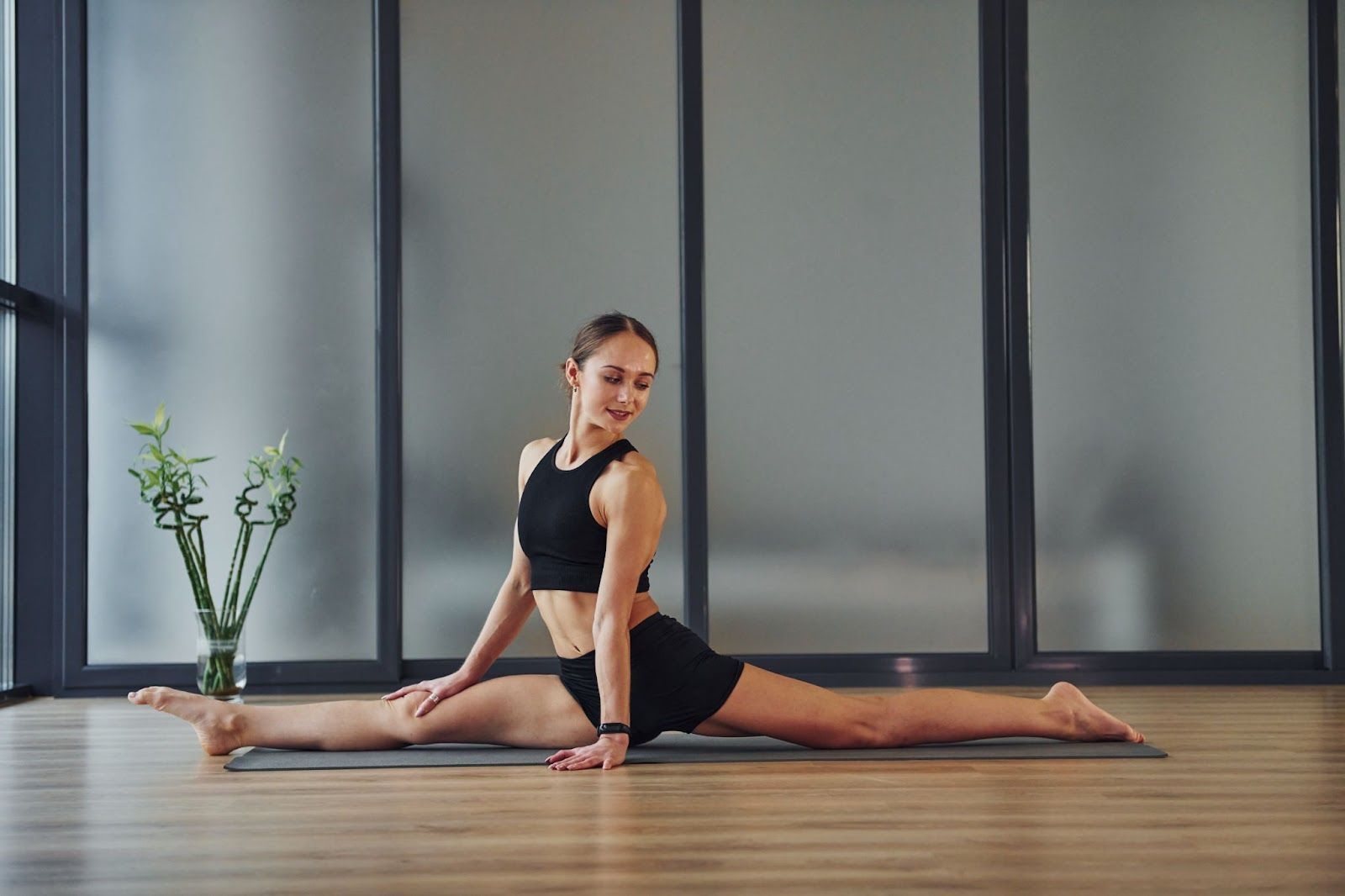
Benefits of Improved Flexibility
Enhancing flexibility offers a myriad of benefits beyond physical performance. It promotes better posture, reduces muscle soreness, and improves overall well-being. Improved flexibility can also alleviate stress, increase relaxation, and enhance sleep quality, leading to a healthier and more balanced lifestyle.
In addition to its physical benefits, enhanced flexibility can positively impact mental health by promoting relaxation and reducing feelings of stress and anxiety. Incorporating regular stretching into your routine can serve as a mindful practice, helping you unwind and find peace amidst the demands of daily life.
Commitment and Consistency in Flexibility
Achieving significant improvements in flexibility requires commitment and consistency. Incorporate stretching exercises into your daily routine and dedicate time to flexibility training. Consistency is key to reaping the long-term benefits of improved flexibility and maintaining overall physical health and wellness.
Set aside specific time slots in your schedule for stretching sessions, whether in the morning, during breaks throughout the day, or as part of your evening wind-down routine. By prioritizing flexibility training and sticking to a regular schedule, you'll gradually notice increased flexibility and mobility, leading to greater comfort in daily movements and reduced risk of injury.
Patience and Persistence
Remember that flexibility gains can vary based on age, genetics, and current flexibility level. Stay committed to your routine, trusting consistency for results over time, while being mindful of your body's signals to adjust intensity. Push gently beyond comfort zones, avoiding overexertion to prevent injury setbacks, and track progress for motivation, celebrating achievements along the way.
Incorporate variety into your routine to keep it engaging, exploring different techniques and props like yoga blocks or resistance bands. Experiment with new stretches to target different muscles, ensuring a well-rounded approach to improving flexibility and overall well-being.
Tips for Flexibility in Daily Life
Integrating flexibility-enhancing strategies into your daily routine is crucial for long-term success. Whether it's incorporating stretching breaks, attending yoga classes, or performing foam rolling exercises, finding what works best for you is key. Start your day with a few minutes of stretching to wake up your body and boost blood flow, and take short breaks throughout the day to ease tension, especially if you have a sedentary job. Attending regular yoga classes or following online sessions can offer structured guidance and aid flexibility improvement, while incorporating foam rolling into your bedtime routine can release muscle tension and enhance sleep quality. Remember, consistency is key, so make these activities a regular part of your routine for improved flexibility and overall well-being.
Unlocking the Transformative Benefits
By embracing the principles of flexibility and implementing effective strategies into your routine, you can unlock transformative benefits for your body and mind. Improved flexibility leads to better physical performance, reduced injury risk, and enhanced overall well-being, allowing you to live life to the fullest.
Commit to your flexibility journey with dedication, patience, and consistency. By understanding the principles of flexibility and incorporating effective strategies into your routine, you can experience significant improvements in physical performance, reduce the risk of injury, and enjoy greater overall well-being. Start your journey today and unlock the transformative benefits of better flexibility.
Visit our
StretchX blog to learn more about flexibility and stretching for your long-term health and well-being.

